South Vietnam has few storms thanks to invisible barriers, but is it potentially dangerous?
Since ancient times, hurricanes have been one of the most extreme weather phenomena on Earth, with extremely powerful destructive power. However, there is one area where storms almost never appear.
The area in question is the equator. The storm's inability to cross the equator is related to the Coriolis effect, named after the French scientist Gaspard-Gustave de Coriolis. This is a phenomenon caused by the Earth's rotation, which affects the movement of air and water, causing them to be deflected.
In the Northern Hemisphere, air and water are deflected to the right, while in the Southern Hemisphere, they are deflected to the left. This not only affects the flow of the oceans, but also has a major impact on how weather systems, especially hurricanes, form and develop.
For a tropical storm to form, three main factors are needed: warm sea water, high humidity and a background rotation. Warm ocean water provides energy for developing storms, while high humidity helps maintain this weather system.
However, the background rotation factor is the decisive condition for thunderstorms and weather systems to organize into a complete storm with a characteristic spiral shape. And the Coriolis effect is the source of this rotation, which allows gas masses to rotate, forming hurricane structures.
However, in the area near the equator, the Coriolis effect is almost non-existent. Therefore, even with sufficient temperature and humidity, hurricanes cannot develop into powerful spiral systems like in other areas far from the equator. This is why it is said that hurricanes cannot cross the equator.
It is known that the area around the equator, between 5 degrees north and south latitude, is often referred to as the "gloomy zone", where the Coriolis effect is too weak to promote the development of the storm. In other words, if a storm approaches this area, its spiral structure will gradually weaken and disintegrate.
The Coriolis force is not strong enough to maintain the cyclone's rotation, causing it to essentially dissipate as it approaches the equator. It was as if there was some invisible barrier, preventing the storms from crossing into the opposite hemisphere. In addition, even if storms form far from the equator, they do not tend to approach this area.
Instead, the Coriolis effect pushes them even further. This is called the "beta drift" mechanism, a phenomenon in which the Coriolis effect causes tropical storms to move north in the Northern Hemisphere and south in the Southern Hemisphere. This explains why tropical storms often move away from the equator and never come close.
Although, hurricanes almost never form near the equator, there are some rare exceptions. One of the most notable cases was Hurricane Vamei in 2001. At that time, Vamei had formed just 160 kilometers from the equator, closer than any tropical storm ever recorded.
This event is considered a meteorological anomaly, caused by a combination of exceptionally rare atmospheric conditions. However, the chances of it developing into a strong hurricane and moving across the equator are still extremely low, almost unlikely.
And the formation of Typhoon Vamei, did not change the general rule that hurricanes cannot cross the equator. As well as further affirming the importance of the Coriolis effect in controlling the formation and movement of storms.
Although the likelihood of hurricanes crossing the equator is extremely low, climate change could increase the strength of tropical storms. As sea water warms, the energy for hurricanes can be greater, making them stronger and causing greater damage. Therefore, in the future, humanity may see strong storms forming closer to the equator, but still not likely to cross this region.
The inability of hurricanes to cross the equator has important implications for climate and weather patterns across the globe. This creates a clear divide between the Northern and Southern hemispheres, with each hemisphere having its own hurricane seasons and weather systems. It makes it easier for meteorologists and climatologists to study and forecast hurricane activity, thereby minimizing the damage caused by it.
In Vietnam, the South is less affected by natural disasters than the North and Central. Only in winter, the Southwest region (near the dry season) do the provinces here begin to be affected by the storm, because it is located at low latitude (near the equator). Near the equator, the Coriolis effect is too weak to promote the development of the storm.
Every summer, due to the impact of the faint low-pressure trough prevailing in the North, it always pulls the storm to the North, while the Southwest region, although not affected by the storm, but because the center of the storm absorbs the southwest monsoon, it is inevitable to rain like pouring water.
However, it is not in the South that has never received a strong storm. The proof is that in November 1997, Super Typhoon Linda entered this area causing terrible consequences, with about 3,000 people dead and missing, 1,232 people injured, about 200,000 houses destroyed. In which, Ca Mau is the province that suffered the most damage.
And yet, in December 2006, Typhoon Durian changed direction and made landfall in the South, leaving 105 people dead and missing, injuring 409 people in the 12 provinces it passed. The reason why the damage becomes catastrophic when there is a storm makes landfall is because people in the South have little experience in responding to large storms and are often subjective to weather changes.
The "fastest storm in history" has landed, the development matches the prediction of Mrs. Vanga? 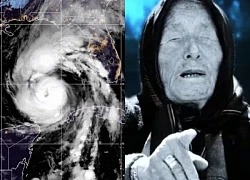 Hướng Dương21:55:03 27/09/2024The fastest storm in history - Helene officially made landfall, at least 3 people died. These developments are said to coincide with Vanga's prophecy about 2024.
Hướng Dương21:55:03 27/09/2024The fastest storm in history - Helene officially made landfall, at least 3 people died. These developments are said to coincide with Vanga's prophecy about 2024.



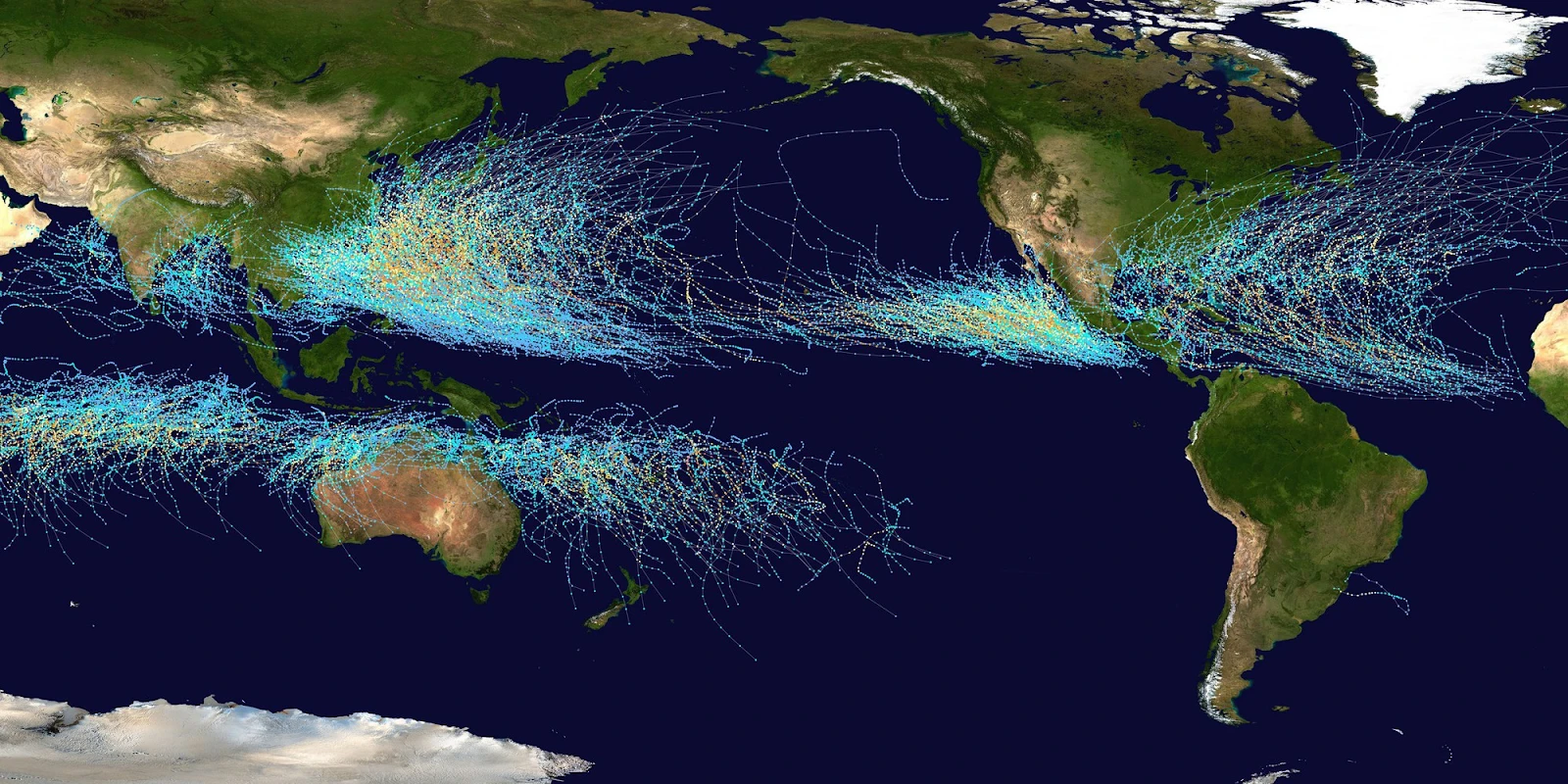
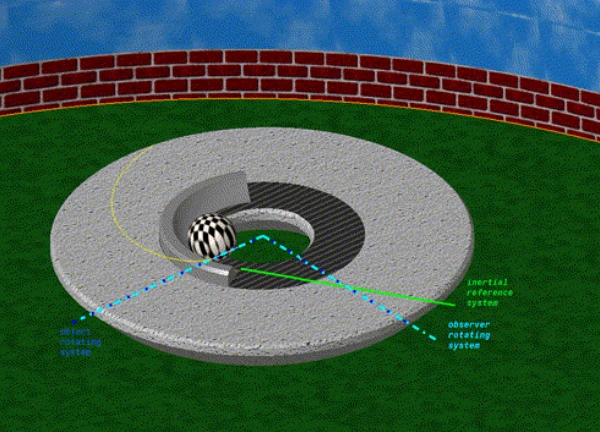
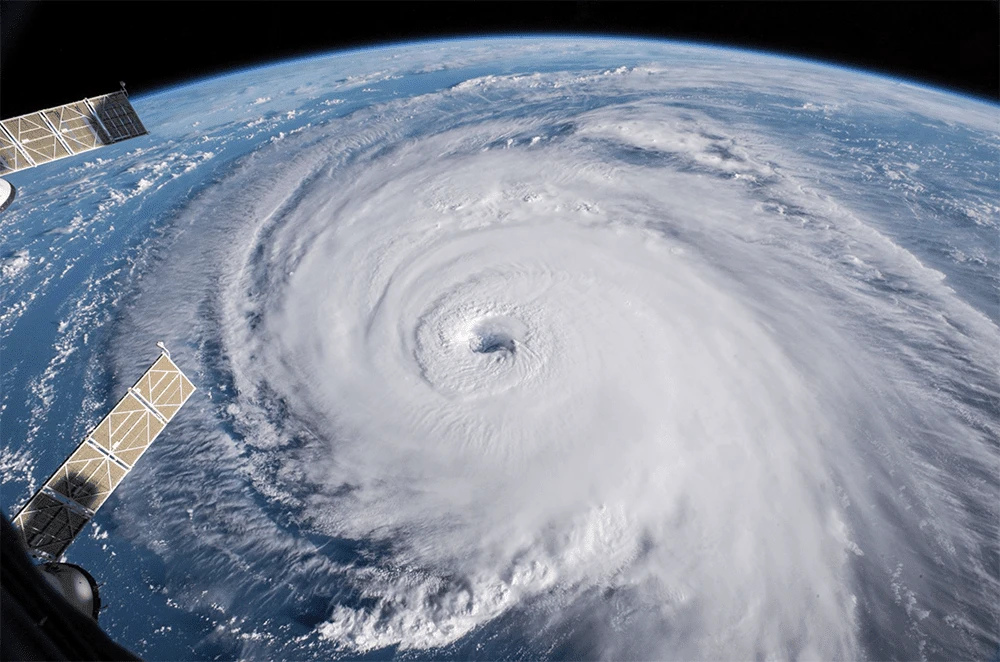
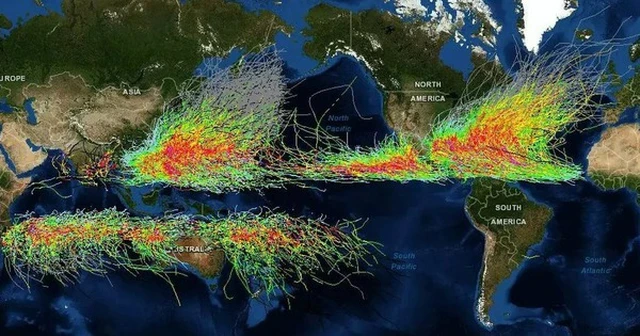
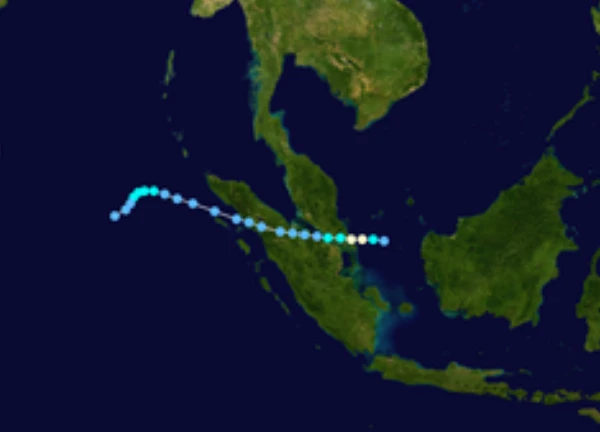
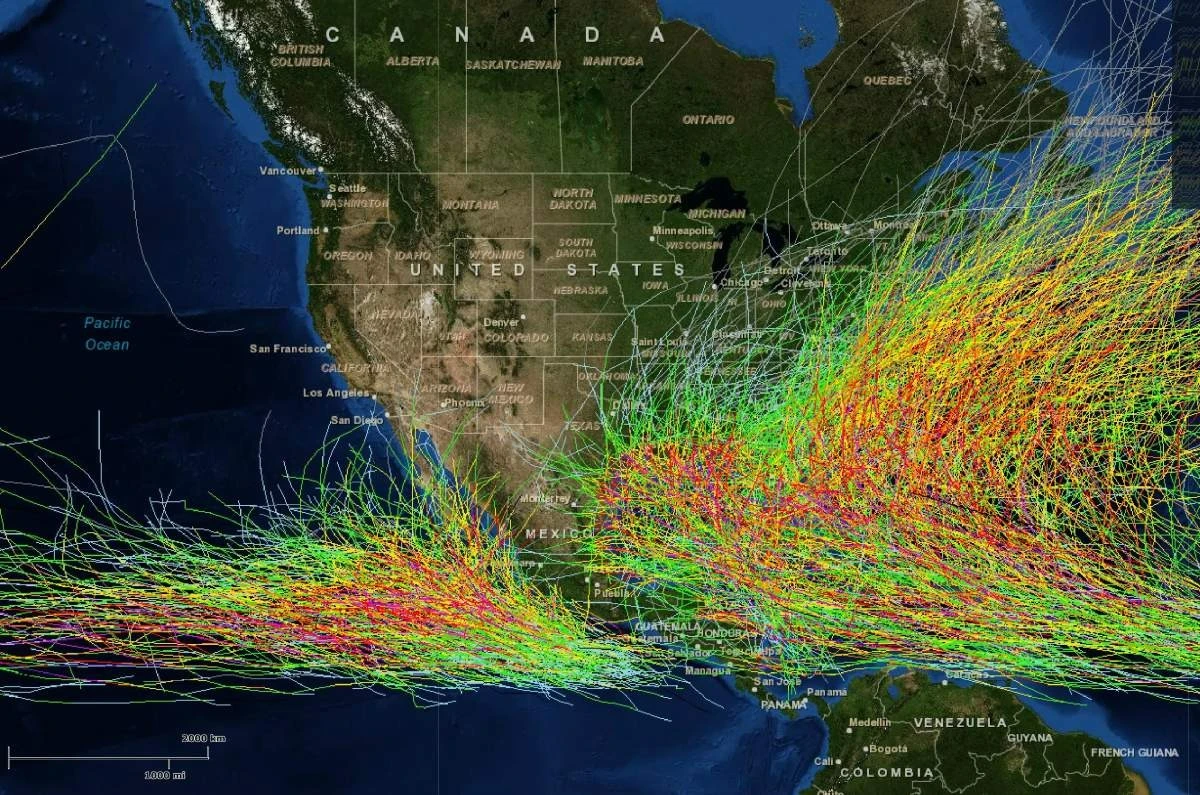

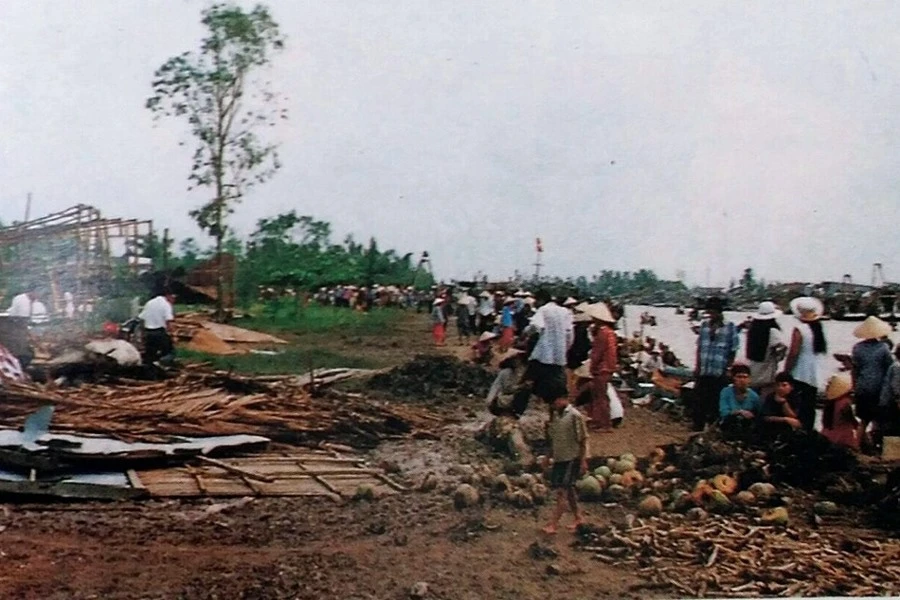
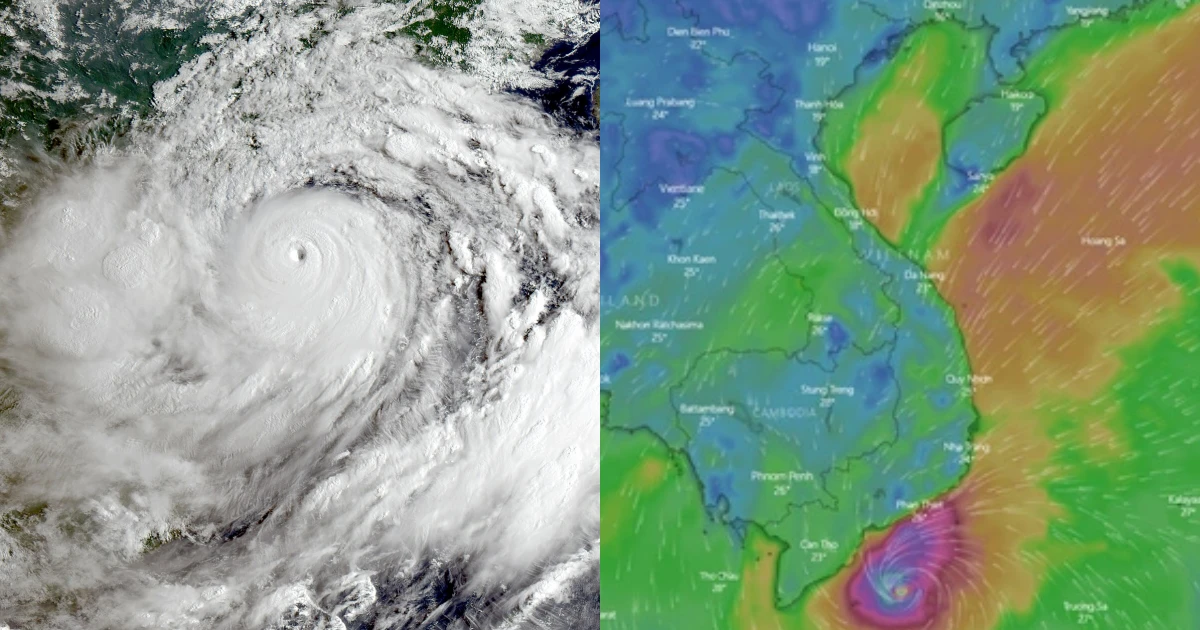
 The mystery of the dirtiest man in the world, who died just after the first shower
The mystery of the dirtiest man in the world, who died just after the first shower Empress Dowager Tu Xi suspected that she had 3 lovers, 1 foreigner, who were the other 2?
Empress Dowager Tu Xi suspected that she had 3 lovers, 1 foreigner, who were the other 2?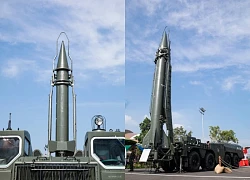 Scud-B ballistic missile causes a stir at the September 2nd military parade: Over 34 tons, maximum range 300km
Scud-B ballistic missile causes a stir at the September 2nd military parade: Over 34 tons, maximum range 300km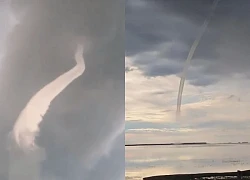 China: 'Giant straw' pierces from the sky to the ground, revealing a chilling secret!
China: 'Giant straw' pierces from the sky to the ground, revealing a chilling secret! Mystery of the Bermuda Triangle: Discovery of "rogue waves", explaining a series of disappearances
Mystery of the Bermuda Triangle: Discovery of "rogue waves", explaining a series of disappearances What is MMA that helps a girl defeat a tattooed young man in a split second?
What is MMA that helps a girl defeat a tattooed young man in a split second? The secret bedroom of Empress Dowager Cixi, the most powerful but with a debauched love "drama"
The secret bedroom of Empress Dowager Cixi, the most powerful but with a debauched love "drama" Zhuge Liang left a shocking letter: Lessons of wisdom and IQ that make posterity shudder.
Zhuge Liang left a shocking letter: Lessons of wisdom and IQ that make posterity shudder. The Forbidden City has a magnificent place but no one dares to go, revealing a thousand-year-old mystery
The Forbidden City has a magnificent place but no one dares to go, revealing a thousand-year-old mystery A 100-year-old woman grew a long 'horn' on her forehead and cut it off herself. She is in critical condition. What strange disease does she have?
A 100-year-old woman grew a long 'horn' on her forehead and cut it off herself. She is in critical condition. What strange disease does she have?
0 | 1 Discuss | Report